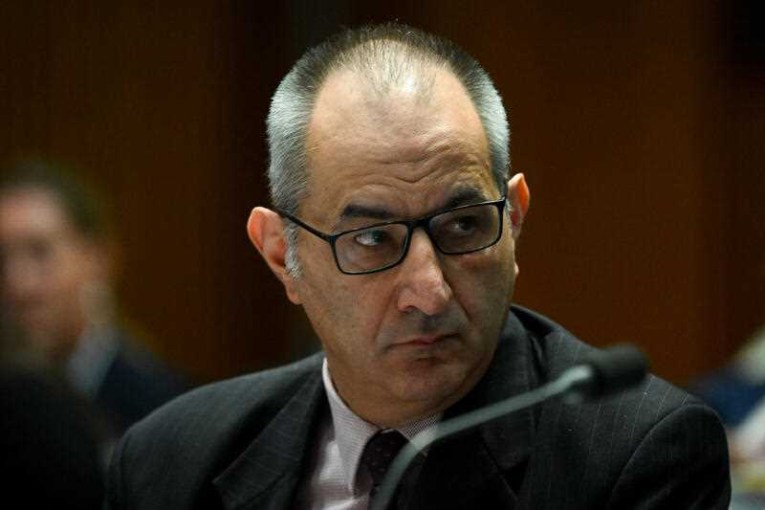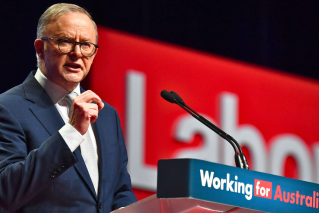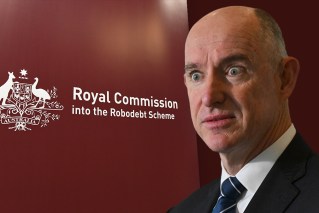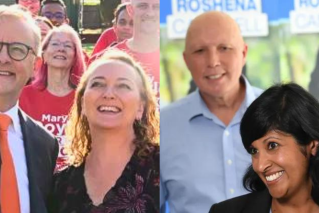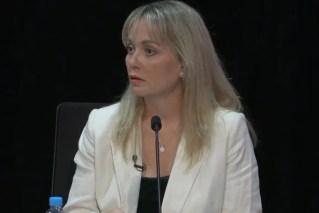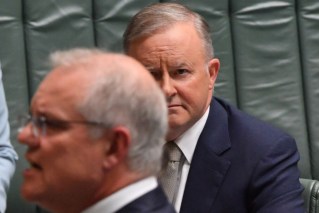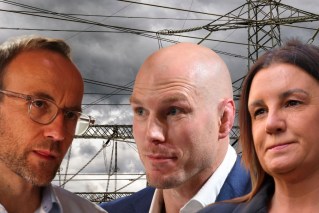Fact check: Anne Ruston’s unemployment claims false and misleading

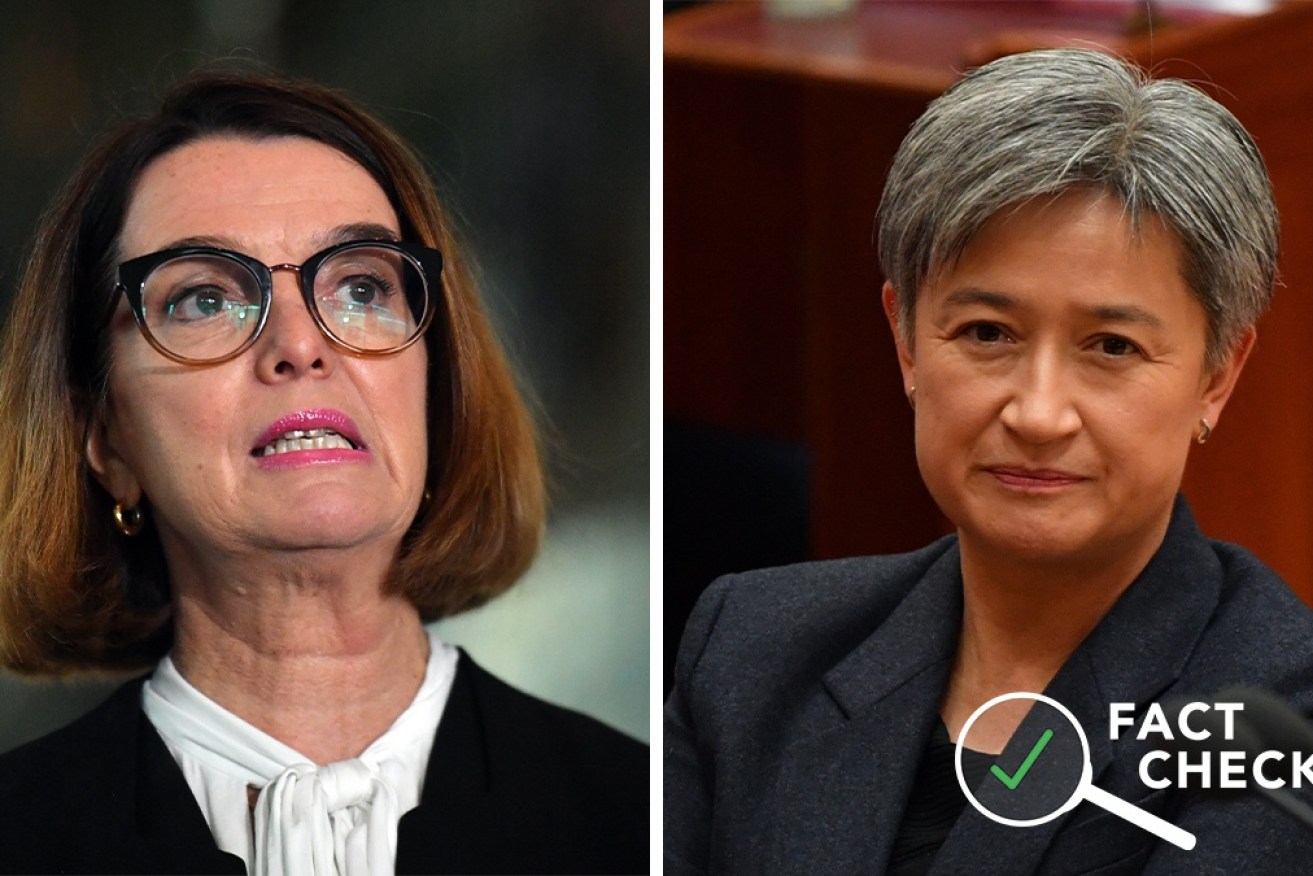
Unemployment is dominating the campaign trail and both parties have made mistakes. Photo: TND
Claims about Australia’s jobs market have dominated the first week of the election campaign, with both major parties taking aim at their opponents’ record on unemployment.
Both have slipped up.
Labor leader Anthony Albanese was unable to state the current unemployment rate when pressured to do so on Monday – feeding into the Liberals’ critique of Labor as weak economic managers.
And Coalition campaign spokesperson Anne Ruston made some dubious claims about Labor’s track record on unemployment.
Labor frontbencher Penny Wong later described Senator Ruston’s comments as “false” and part of a government scare campaign.
As part of its weekly election fact check, The New Daily assessed whether Senator Wong was right to call Senator Ruston’s claims “false”.
The facts: Unemployment by Prime Minister
First, the claims themselves.
Senator Ruston said, “You’ve only got to look at the history of the Labor Party. Notoriously they’ve always presided over … higher unemployment rates.”
TND found that this claim is false.
Australian Bureau of Statistics data shows Labor has not always presided over higher unemployment rates than the Coalition.
In fact, unemployment fell to 4 per cent twice under Labor in 2008 – an equal record low to February 2022 (the current rate).
Looking at averages, unemployment was 5.1 per cent under Labor’s last term from 2008 to 2013, compared to 6.3 per cent under John Howard’s term from 1996 to 2007.
Under the current Coalition government, which came into office in 2013 with Tony Abbott as prime minister, the jobless rate has averaged at 5.6 per cent.
Senator Ruston went on to claim that: “Over the last 30 years they’ve [Labor] basically delivered higher unemployment.”
Part of this claim is technically correct, but on the whole it’s misleading.
Over the 30 years to February 2022, unemployment rates under Labor governments have been higher, on average, than under the Coalition.
This specific claim involves combining part of the Hawke/Keating years with the Rudd/Gillard years to deliver an average rate of 7.1 per cent.
Under the same calculation, unemployment averaged at 6.1 per cent under the Howard/Abbott/Turnbull/Morrison Coalition governments.
However, Senator Ruston argued Labor had “delivered” this result, which is a misleading claim.
That’s because federal governments – of whatever stripe – have much less control over the jobless rate than they make out, economists said.
Reforms pursued under one side of politics have huge effects on the unemployment rate years after those governments left office.
Jobless rate claims misleading
In fact, economist Saul Eslake said federal governments can’t credibly claim to be “delivering” lower or higher unemployment in the first place.
He said that while government policies do influence employment – for better or worse – the strength of Australia’s jobs market is mostly driven by external factors beyond their control.
In other words, a headline comparison between unemployment under the Keating and Howard governments is largely just a reflection of what happened around the world when each leader was PM.
University of Melbourne Professor Jeff Borland agreed, saying arguments about which party presided over a given jobless rate are misleading.
“It’s cheap thrill statistical stuff that happens during an election,” he said.
“It’s completely useless in terms of telling you about the economic management of the respective parties in government.”
Professor Borland said each government over the past 30 years has been forced to respond to the prevailing economic circumstances of the time.
Paul Keating and Bob Hawke contended with a series of financial crises.
Kevin Rudd governed through the global financial crisis (GFC) in 2008 and 2009.
And Mr Morrison was in power during the COVID-19 pandemic.
“Government played a role in the unemployment rate during the GFC and the mining boom in the early 2000s,” Professor Borland said.
“But Australia didn’t have much influence on China going into a period of industrialisation, and it didn’t have much influence over the GFC, either.”
What’s more, Mr Eslake said economic reforms achieved under one side of politics clearly affected unemployment far beyond their time in power.
“There’s no doubt that the Howard government’s term in office benefitted from the reforms pursued under Hawke and Keating,” Mr Eslake said.
“Subsequent governments have also benefitted from some of the reform done by the Howard government as well, including the GST.”
Professor Borland said voters should be sceptical of jobless rate claims.
Instead, he advised people to focus on more precise questions about how each side of politics has performed on the economy over history.
“What you should be asking is: ‘Given the circumstances a particular government faced, how did they go in achieving a satisfactory economic performance?'”
